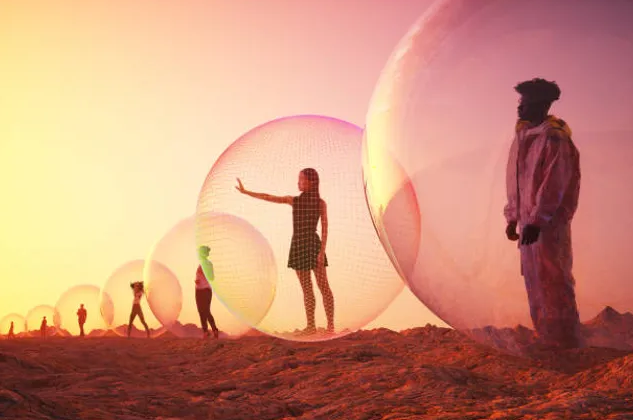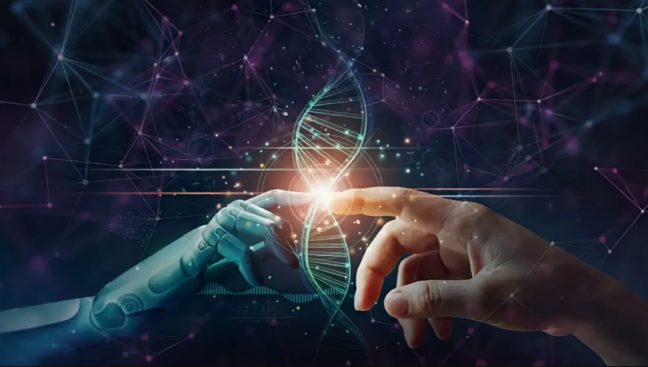While famous institutions like the Louvre, the Metropolitan Museum of Art, and the British Museum often capture the spotlight, the world is full of lesser-known galleries and museums that offer unique and enriching experiences. These hidden gems provide insights into diverse cultures, histories, and artistic expressions, often away from the crowds of the more famous establishments. Here’s a look at some of the most underrated galleries and museums around the globe says, Omar Hussain Chicago.
1. Museo Soumaya, Mexico City, Mexico
Overview: Museo Soumaya, named after the wife of its founder, Mexican billionaire Carlos Slim, is an architectural marvel in Mexico City. The museum’s striking design, with its unique, amorphous shape covered in hexagonal aluminum tiles, makes it a landmark.
Collections: The museum houses an extensive collection of over 66,000 works, including European old masters, Auguste Rodin sculptures, and an impressive array of Mexican art. Highlights include pieces by Salvador Dalí, Pablo Picasso, and Diego Rivera.
Why Visit: Museo Soumaya offers a diverse and rich collection in a stunning setting, providing a comprehensive view of both Mexican and European art.
2. The Menil Collection, Houston, Texas, USA
Overview: Located in the heart of Houston, the Menil Collection is housed in a series of beautifully designed buildings and includes a tranquil, park-like campus.
Collections: This museum is renowned for its eclectic collection, featuring everything from Byzantine and Medieval art to Surrealism and contemporary works. Key pieces include works by René Magritte, Max Ernst, and Jackson Pollock.
Why Visit: The Menil Collection’s intimate setting and diverse range of artworks make it a perfect destination for those looking to experience art in a peaceful and contemplative environment.
3. Zeitz Museum of Contemporary Art Africa (MOCAA), Cape Town, South Africa
Overview: Housed in a converted grain silo at the V&A Waterfront, Zeitz MOCAA is the largest museum of contemporary African art in the world.
Collections: The museum features cutting-edge contemporary art from across the African continent and its diaspora. The collection includes works by prominent artists like El Anatsui, Wangechi Mutu, and Kudzanai Chiurai.
Why Visit: Zeitz MOCAA not only showcases the vibrancy and diversity of contemporary African art but also stands as an architectural icon in Cape Town.
4. The Mauritshuis, The Hague, Netherlands
Overview: Situated in a historic mansion in The Hague, the Mauritshuis offers an intimate setting for experiencing some of the greatest works of Dutch Golden Age painting.
Collections: The museum is home to masterpieces such as Vermeer’s “Girl with a Pearl Earring,” Rembrandt’s “The Anatomy Lesson of Dr. Nicolaes Tulp,” and works by Frans Hals and Jan Steen.
Why Visit: The Mauritshuis provides an unparalleled opportunity to see some of the most celebrated works of Dutch art in a setting that feels like stepping back in time.
5. National Museum of Anthropology, Mexico City, Mexico
Overview: Often overshadowed by more famous museums, the National Museum of Anthropology is a treasure trove of Mesoamerican artifacts and is one of the most important anthropological museums in the world.
Collections: The museum’s extensive collection includes the Aztec Calendar Stone, Mayan artifacts, and treasures from the Olmec, Toltec, and other pre-Columbian cultures.
Why Visit: The National Museum of Anthropology offers a deep dive into the rich history and cultures of Mexico, providing context and understanding that goes beyond the usual tourist attractions.
6. Museum of New Zealand Te Papa Tongarewa, Wellington, New Zealand
Overview: Te Papa Tongarewa, meaning “Container of Treasures,” is New Zealand’s national museum and offers a dynamic mix of art, history, and natural science.
Collections: The museum’s diverse exhibits range from Maori cultural artifacts and contemporary art to natural history displays, including the world’s largest specimen of the colossal squid.
Why Visit: Te Papa’s interactive and engaging exhibits make it a must-visit for anyone interested in understanding New Zealand’s unique cultural and natural heritage.
7. Aga Khan Museum, Toronto, Canada
Overview: Dedicated to Islamic arts and culture, the Aga Khan Museum in Toronto is a beacon of cultural understanding and appreciation.
Collections: The museum’s collection includes manuscripts, ceramics, textiles, and paintings from the Islamic world, spanning over a thousand years of history. Highlights include a page from the Blue Qur’an and exquisite Mughal miniatures.
Why Visit: The Aga Khan Museum offers a serene and educational experience, showcasing the beauty and diversity of Islamic art and culture.
8. Inhotim, Brumadinho, Brazil
Overview: Inhotim is both a contemporary art museum and a botanical garden located in the midst of the Brazilian rainforest.
Collections: The expansive grounds feature outdoor sculptures and pavilions housing works by contemporary artists such as Olafur Eliasson, Yayoi Kusama, and Chris Burden. The botanical garden boasts a collection of rare and exotic plants.
Why Visit: Inhotim’s unique blend of art and nature provides a breathtaking experience, making it a must-visit for art lovers and nature enthusiasts alike.
9. The Cloisters, New York City, USA
Overview: A branch of the Metropolitan Museum of Art, The Cloisters is dedicated to the art and architecture of medieval Europe and is located in Fort Tryon Park in Upper Manhattan.
Collections: The museum is renowned for its collection of medieval art, including the famous Unicorn Tapestries, illuminated manuscripts, and stunning architectural elements from European monasteries and churches.
Why Visit: The Cloisters offers a tranquil escape from the bustling city, providing an immersive experience in medieval art and architecture in a serene, garden-like setting.
10. Museum of Islamic Art, Doha, Qatar
Overview: Designed by the renowned architect I.M. Pei, the Museum of Islamic Art in Doha is an architectural masterpiece situated on its own island along Doha’s waterfront.
Collections: The museum houses an extensive collection of Islamic art from across three continents, including textiles, ceramics, metalwork, and manuscripts, spanning over 1,400 years.
Why Visit: The Museum of Islamic Art offers a comprehensive view of Islamic cultural heritage in a stunning modern setting, combining history with breathtaking views of the Doha skyline.
Omar Hussain Chicago: These underrated galleries and museums provide rich cultural experiences and house impressive collections that rival those of more famous institutions. They offer unique insights into the art, history, and heritage of various regions, making them well worth the visit for any avid traveler or art enthusiast.





